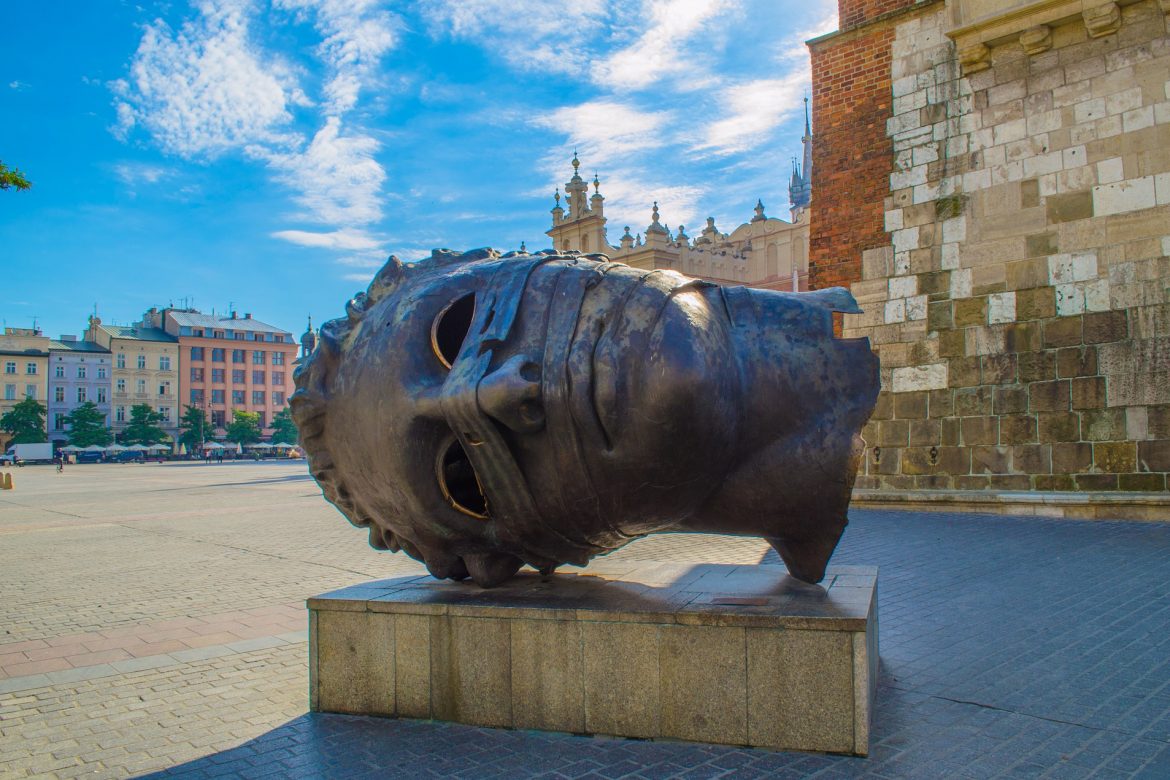Although Krakow may only be the country’s third-biggest city, it is actually Poland’s leading tourist destination and leaves the other Polish cities far behind when it comes to tourism. For many centuries, Krakow acted as the much- loved royal capital and as such, is steeped in rich Polish history and remarkably suffered no damage during the Second World War, meaning that all of its most beautiful medieval buildings and Renaissance architectural treasures remain well preserved.
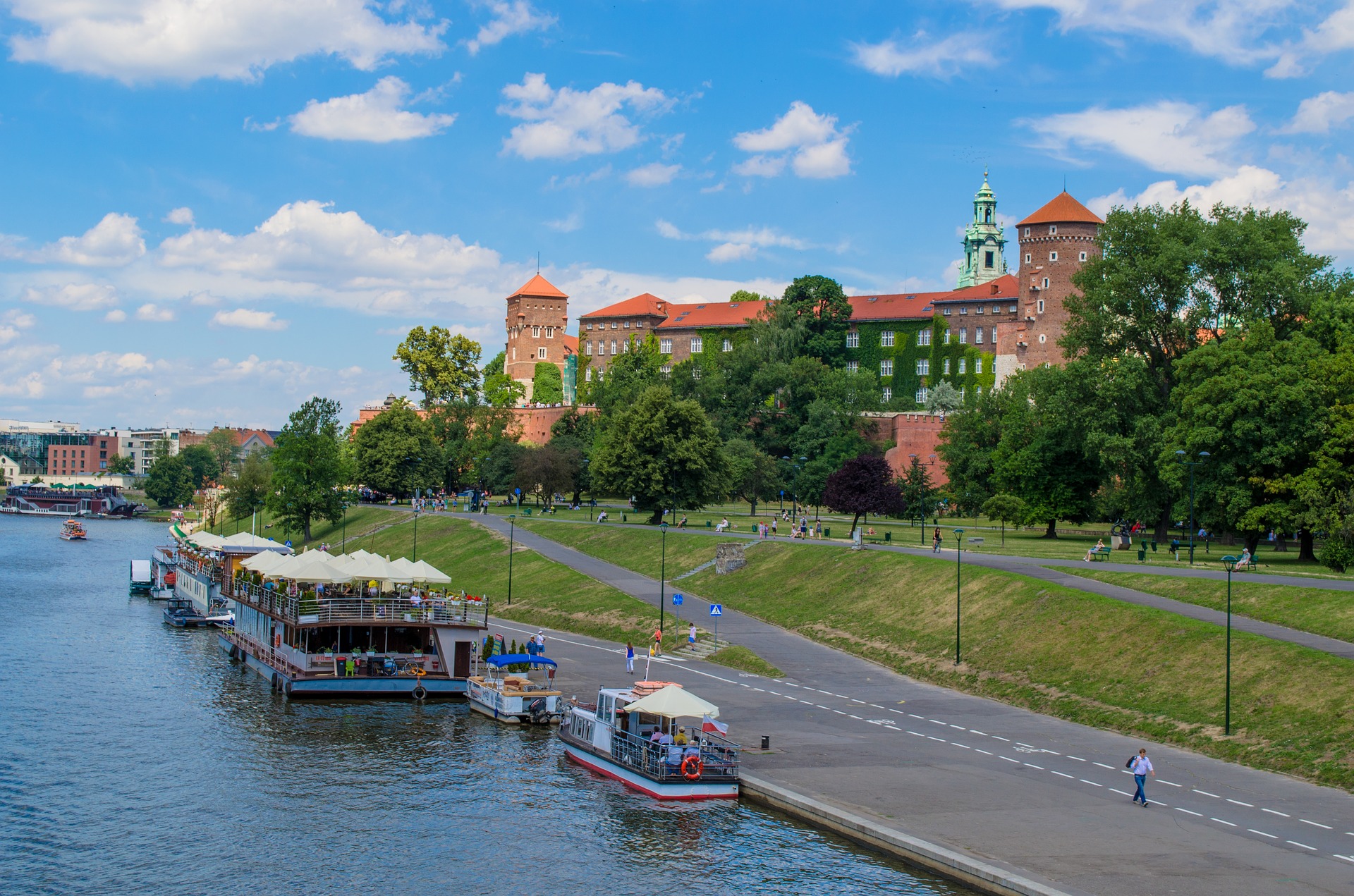
The Old Town district of Krakow is known as the Stare Miasto and is where many of the most impressive Gothic churches stand, while the Kazimierz area preserves the Jewish past with its many stylish synagogues. Krakow is central in every single way to Polish culture and the city now enjoys a place on the World Heritage List.
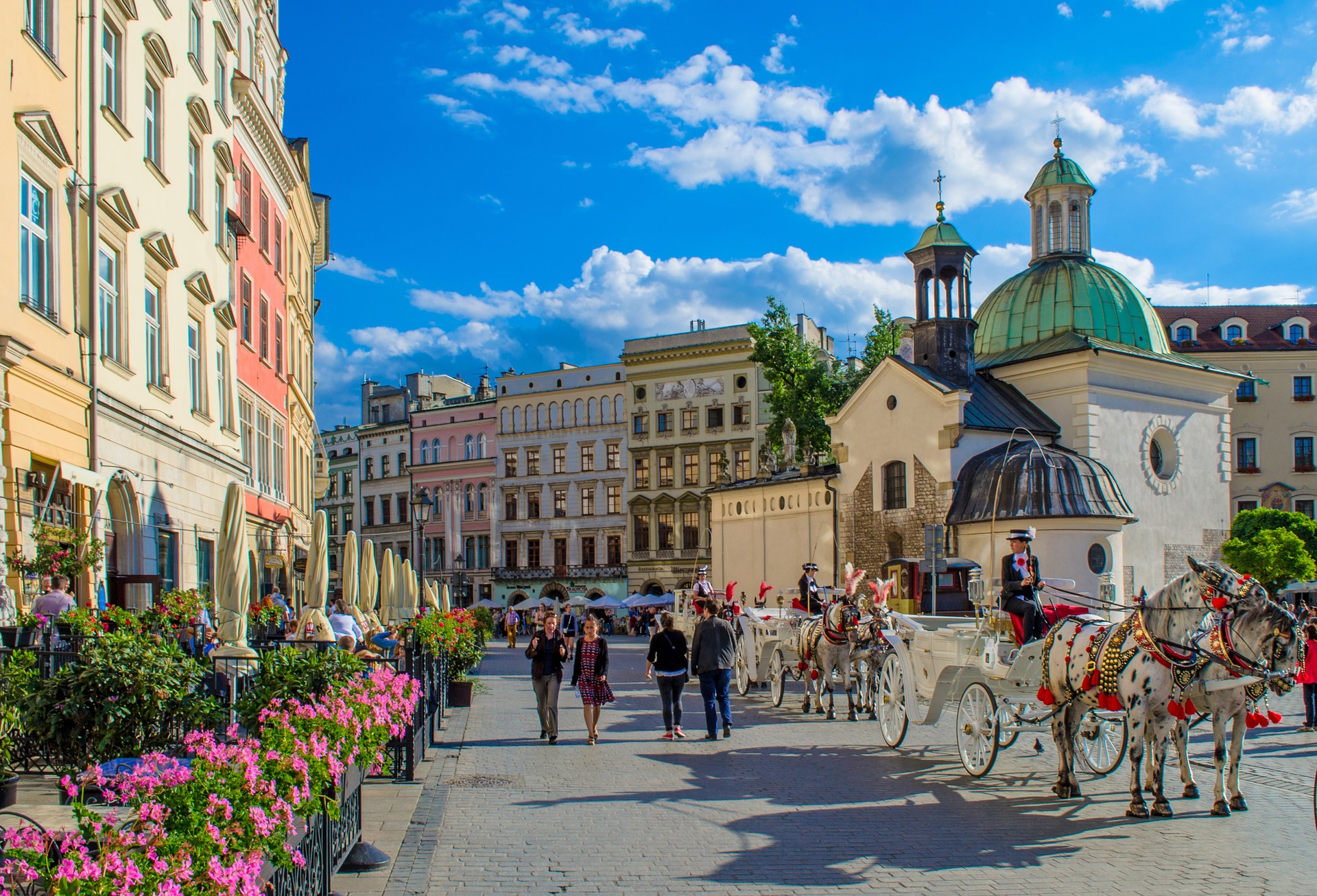
A visit to the city should not be rushed and if you can, try to give yourself more than just a few days, since there is so much to see. Tourist information is available at the Krakow 200 Festival Bureau and also at the Culture Information Centre (CIK), where various free magazines are available, such as the popular ‘Welcome to Craków’, along with maps and various discounts to tourist attractions.
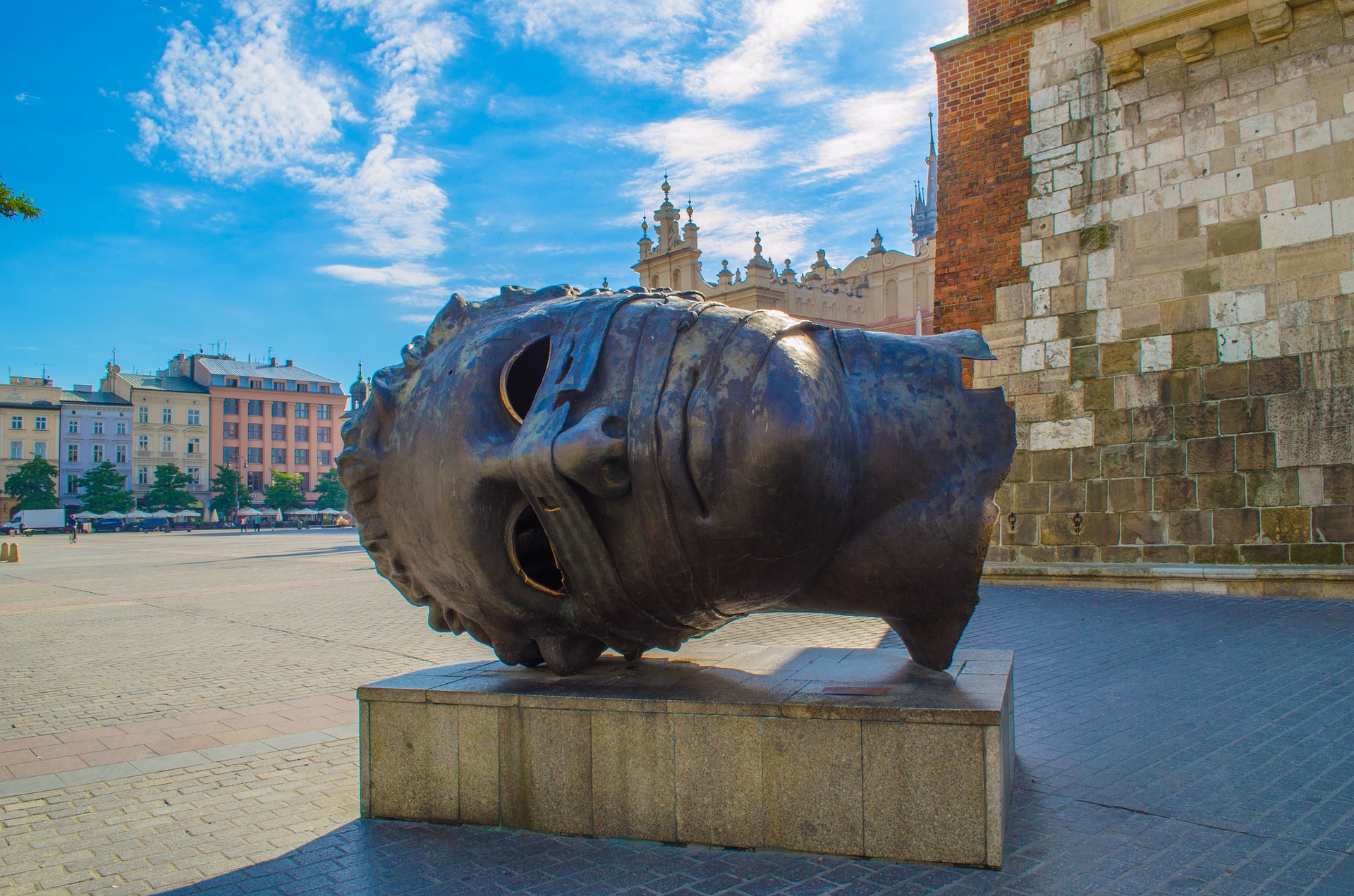
Take time to explore the city and its many interesting districts. A large proportion of the main places of interest reside within Old City Krakow, such as the famous Planty. Once a long moat surrounding the entire area, the Planty has since been filled in and planted with numerous trees and flowers. Directly west, the Krakow balice Zoological Gardens contain some 1, 500 exotic creatures and were established almost 100 years ago. Alternatively, spend an evening at the magnificent Juliusz Slowacki Theatre, exactly where well-known concerts often take place.
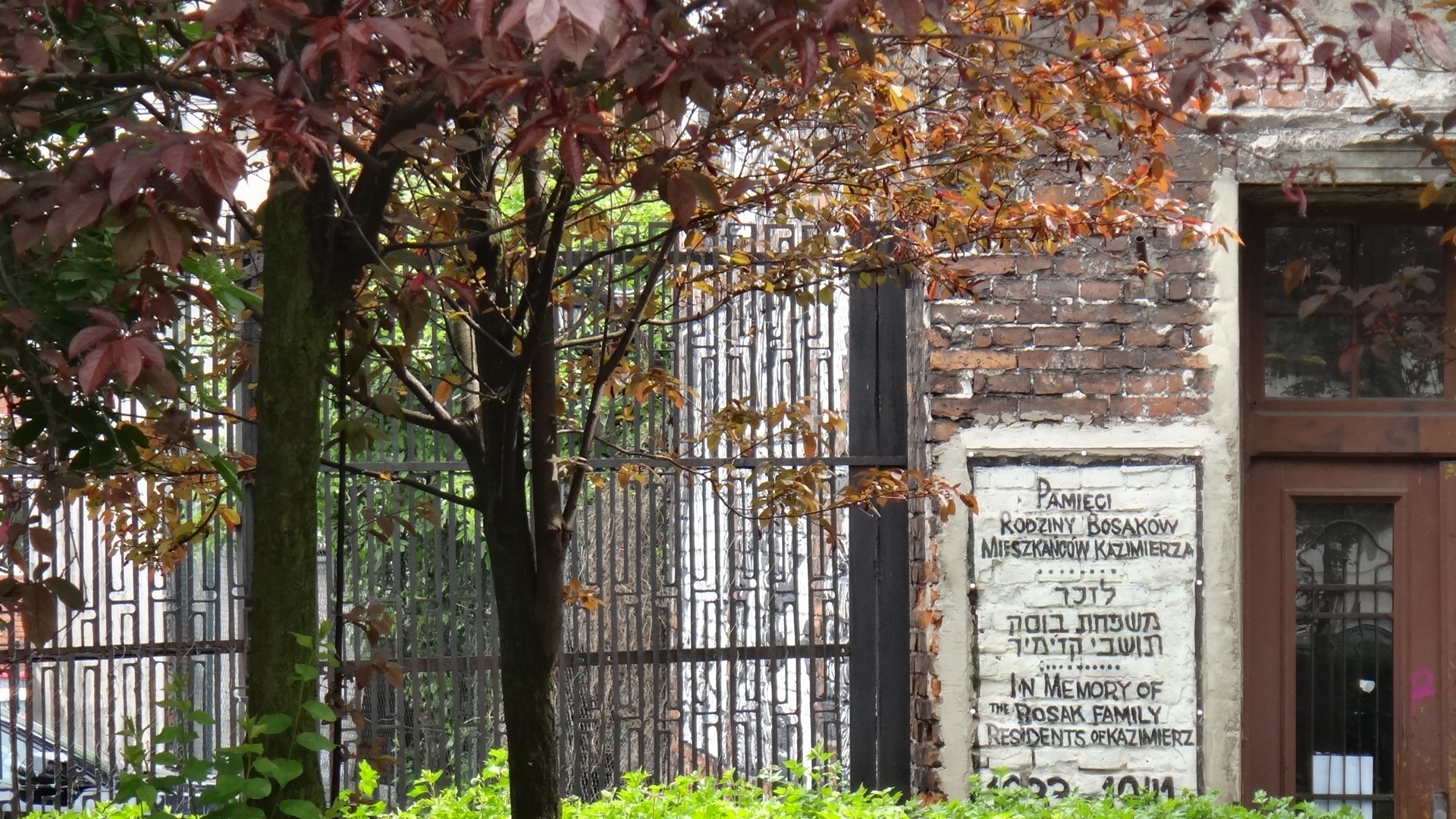
Few sights in Krakow come more imposing and historical than those within the Wawel district, on the western side of the River Vistula. Here you will find both the Royal Castle and the Wawel Cathedral, both of which preside over Wawel Hill itself and overlook the town beneath. Other important sights include the Barbican (Barbakan) fortress, the 11th- century Church of St . Aldabert, and Krakow Town Hall, which is actually housed within Wielkopolskich Palace.
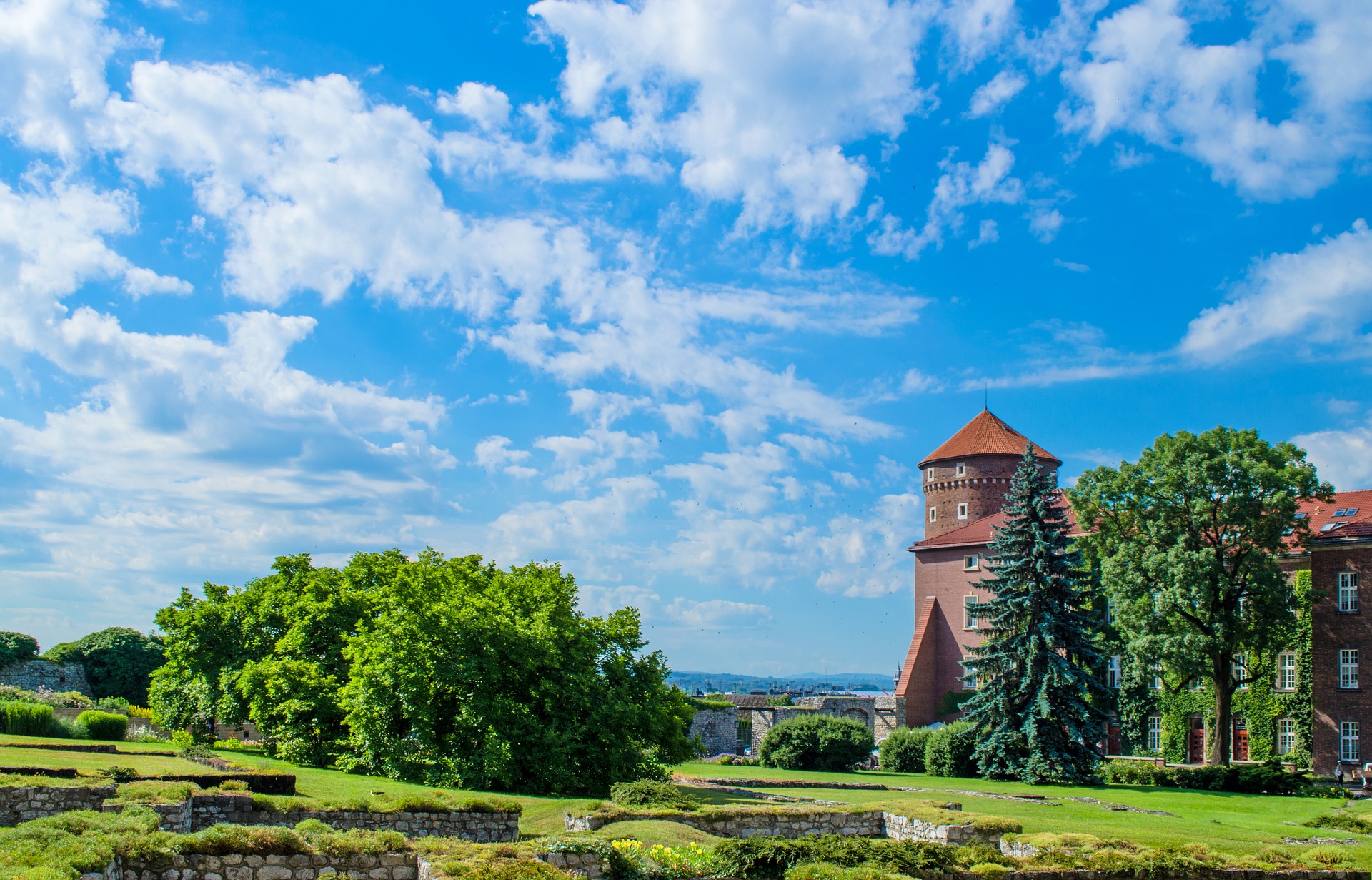
There really is zero other town in Poland quite like Krakow balice. With such a wealth of historical structures, many exceptional museums and a simply enormous collection of art works numbering well over two million, make sure that you allow time to see everything that you plan to. For information about the city’s bygone days, the Historical Museum of Krakow is worth finding and is usually situated within the Krzysztofory Palace, while further artefacts and weaponry exhibits are to be found at the Wawel Treasury and Armoury. Also, don’t miss the Rembrant and Da Vinci paintings at the Czartoryski Museum, or the contemporary art functions at the modern Bunkier Sztuki ( Art Bunker). A good base for day trips, lots of tourists choose to explore the area directly outside of Krakow, visiting attractions like the salt mines at both Bochnia and Wieliczka, the ruined Noble Castle in Dobczyne, as well as the Ojcow National Park and its own interesting caves. With many walking trails and rocky ravines, the Wolski Forest is also close by and home to the Pilsudski Mound Fortress.

